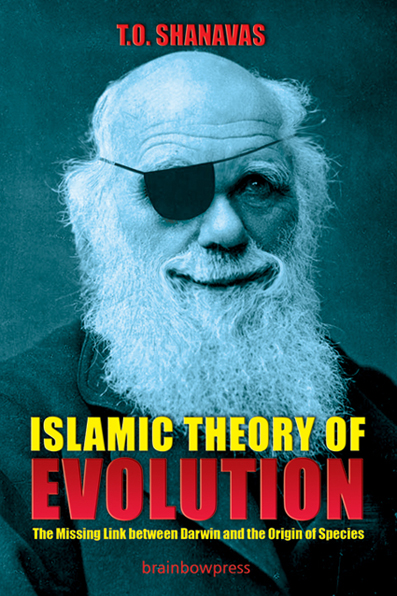Islamic Theory of Evolution
Will Durant, an American historian, reminds his readers that medical books authored by Ali Ibni Sina (980-1037) and Abu Bakr Muhammad ibn Zakariya al-Razi (844-926) were both used as textbooks in European universities for centuries, and that in 1395 Razi’s book Kitab al-Hawi was among the nine textbooks used by the University of Paris. The same book informs the reader that Avicenna’s Qanun fil Tibb, a science encyclopedia, was a main textbook at Montpelier and Louvain universities until the mid-17th century. We should mention two important Muslim scientists who had immense impact on scientific enterprise in Europe: Abu Bakr ibn Tufayl, known in the West as Abubacer (1107-1185) and philosopher Abu al-Walid Muhammad ibn Rushd who became famous in the West by the name Averroes (1126-1298).


